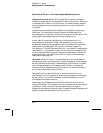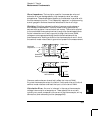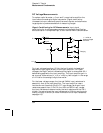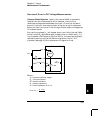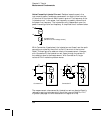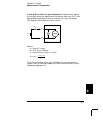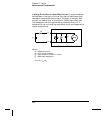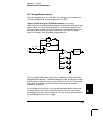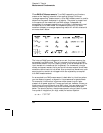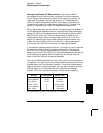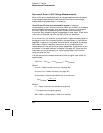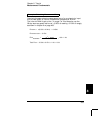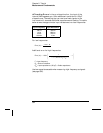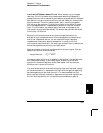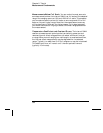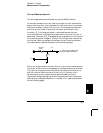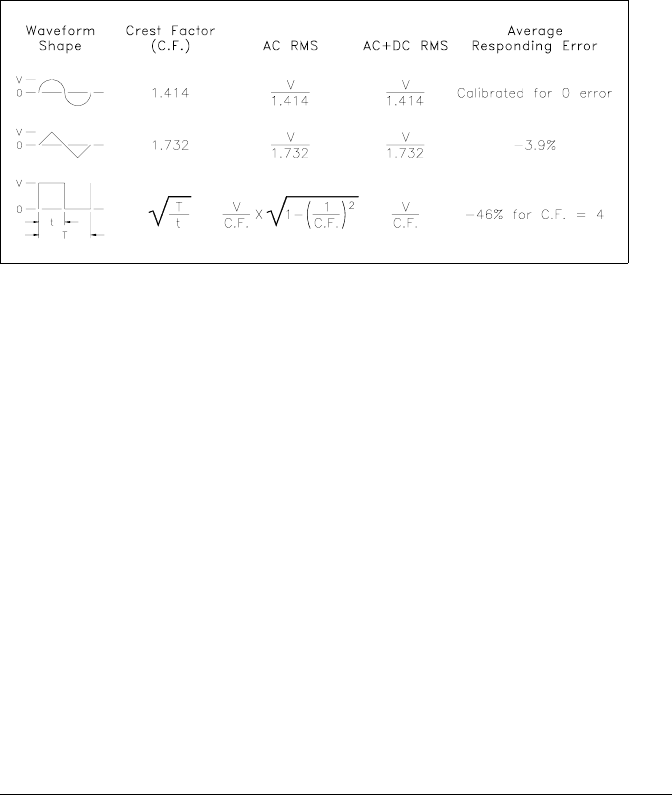
True RMS AC Measurements True RMS responding multimeters
measure the “heating” potential of an applied voltage. Unlike an
“average responding” measurement, a true
RMS measurement is used to
determine the power dissipated in a resistor. The power is proportional
to the square of the measured true
RMS voltage, independent of
waveshape. An average responding ac multimeter is calibrated to read
the same as a true
RMS meter for sinewave inputs only. For other
waveform shapes, an average responding meter will exhibit substantial
errors as shown below.
The internal
DMM’s ac voltage and ac current functions measure the
ac-coupled true
RMS value. This is in contrast to the ac+dc true RMS
value shown above. Only the “heating value” of the ac component of the
input waveform is measured (dc is rejected). For sinewaves, triangle
waves, and square waves, the ac and ac+dc values are equal since these
waveforms do not contain a dc offset. Non-symmetrical waveforms, such
as pulse trains, contain dc voltages which are rejected by ac-coupled
true
RMS measurements.
An ac-coupled true
RMS measurement is desirable in situations where
you are measuring small ac signals in the presence of large dc offsets.
For example, this situation is common when measuring ac ripple
present on dc power supplies. There are situations, however, where you
might want to know the ac+dc true
RMS value. You can determine this
value by combining results from dc and ac measurements as shown
below. You should perform the dc measurement using at least 10 power
line cycles of integration (6
1
⁄
2
digit mode) for best ac rejection.
ac + dc = √
ac
2
+ dc
2
Chapter 8 Tutorial
Measurement Fundamentals
360



